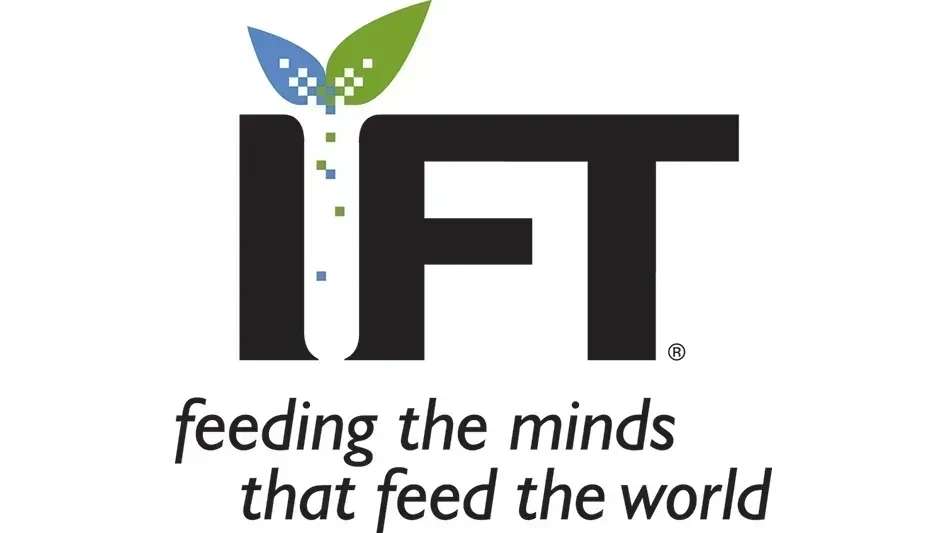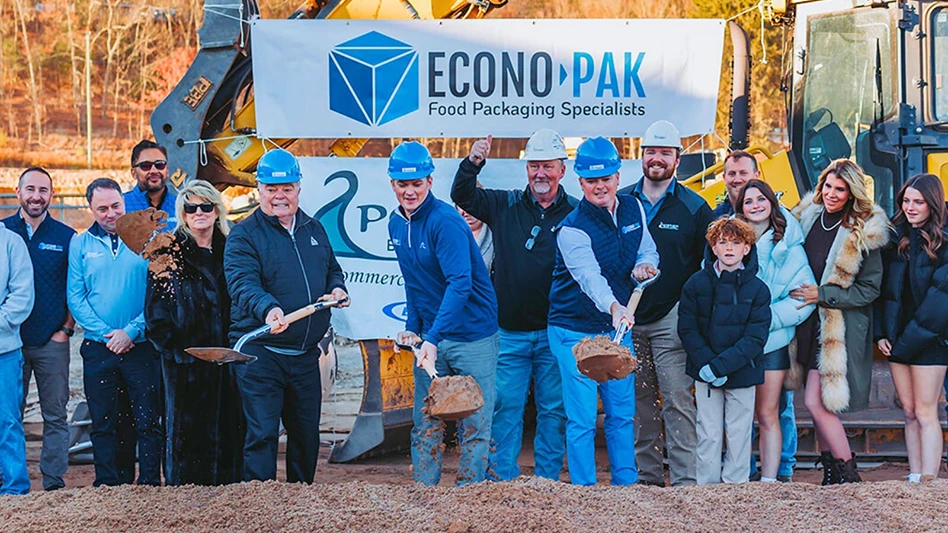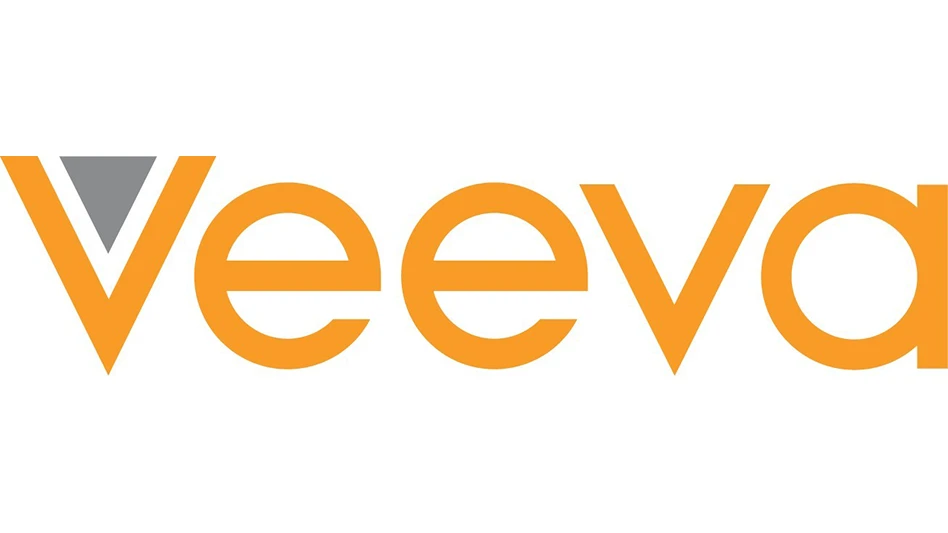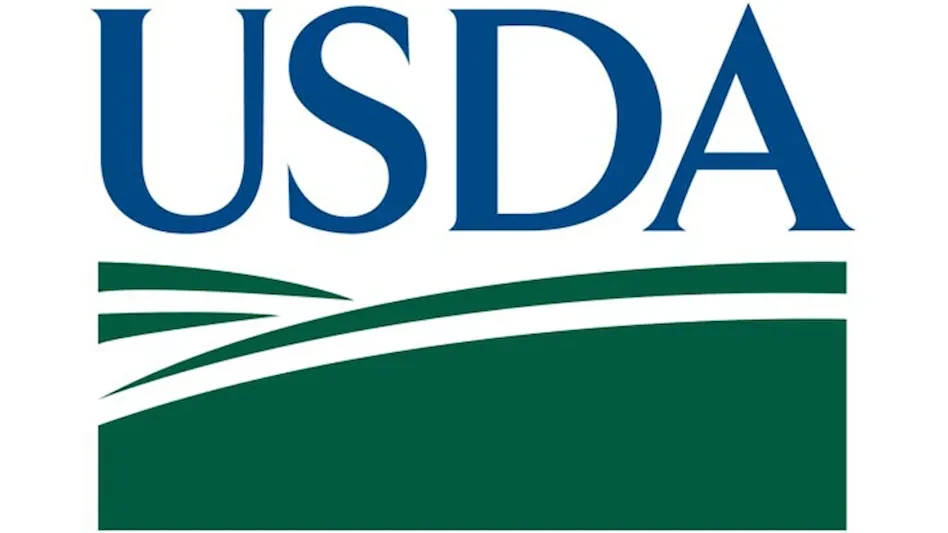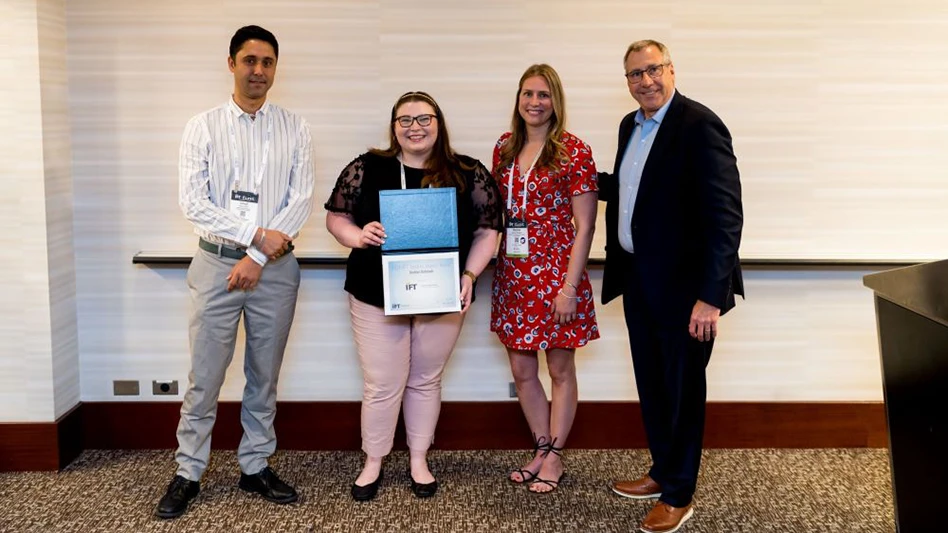
Merger and acquisition activity in the food industry increased in 2023, but investors are expected to be more cautious and strategic in 2024. An investment in a food company is an investment in its brand reputation and customer trust, which can be undone in an instant if a food safety incident occurs. So, if you are a food business seeking investment, acquisition or merger, you can expect the firm on the other side of the transaction to include a food safety assessment in its due diligence to ensure it is making a sound, strategic investment.
Due diligence is all about assessing the pros and cons of moving forward with an acquisition. This includes assessing a company’s operations to identify food safety risks that could compromise the investment made in an acquisition. Thus, a business seeking or considering an investment should always conduct its own food safety due diligence first to detect and mitigate risks. That assessment can be conducted by an internal team or an external consultant.
Using an internal team with members from various departments can help ensure you are looking at all aspects of food safety. Working with a consultant can bring a new set of experienced eyes into your operations to see gaps that can easily be overlooked by an internal team. By doing this, you are putting yourself into an optimal position when a third party looking at investing or acquiring your business begins its assessment.
The assessment should be as close to the one that will be conducted by the investor as possible. Whether you choose to conduct your own due diligence or work with an external consultant, your risk assessment should include, at a minimum, the following elements.
DOCUMENT REVIEW. This is a review of all your records — from supply chain to processing to distribution. For example, do you have supplier approval programs in place and current, and an FSVP in place for all your imported products/ingredients? Is your food safety plan meeting all requirements and providing effective protection of your products? Is your hazard analysis complete and in line with FDA’s new guidance? Are your training records accurate and current, and do they reflect compliance with all requirements?
A business seeking or considering a merger or acquisition should always conduct its own food safety due diligence first to detect and mitigate risks.
REGULATORY AND STANDARDS COMPLIANCE. Review current and archived records to have a full understanding of the company’s history of 483s, warning letters, recalls, customer complaints, etc. Were these all fully resolved with root cause determined and corrective action taken? Are there any that will stand out to an investor as a red flag? If so, have an explanation and current status ready. Are you in compliance with all applicable FDA or USDA regulations? If you are GFSI-certified, have you corrected any failures and improved your score over time?
FACILITY INSPECTION. Walk through the plant, looking for potential food safety risks, sanitation deficiencies that can lead to contamination, allergen separation, etc. Follow the process to ensure all food safety policies are in place. Are there any gaps between what your food safety plan states and what is being conducted on the floor?
FOOD SAFETY CULTURE ASSESSMENT. Having a company-wide culture of food safety has been recognized as an integral component of effective food safety management. Not only is it good to have, but it is required by GFSI and included in FDA inspections. Do you have a mature food safety culture from the top down? Are you able to measure and verify it?
OTHER ELEMENTS. Because every food product and plant process is unique, no two due diligence assessments will be exactly the same. Thus, the above are just a few areas you need to consider. An investor will want to review all your documents, inspect your facility and processes and talk with your teams. Be sure all are current, thorough and in compliance with all standards and regulations.
CORRECTIVE ACTION. Once the assessment is completed and risks are defined, it is essential to determine and implement corrective action. If you have conducted an internal assessment, be sure all was captured in writing so you are able to review the full assessment and prioritize action to be taken. If you worked with a consultant, you should receive a report on the findings and recommended mitigation strategies.
Only after the assessment has been completed and mitigation undergone are you ready to solicit and/or enter into a transaction for investment, acquisition or merger. You can be confident that you have done your best to make your business the best — and most viably attractive — it can be.
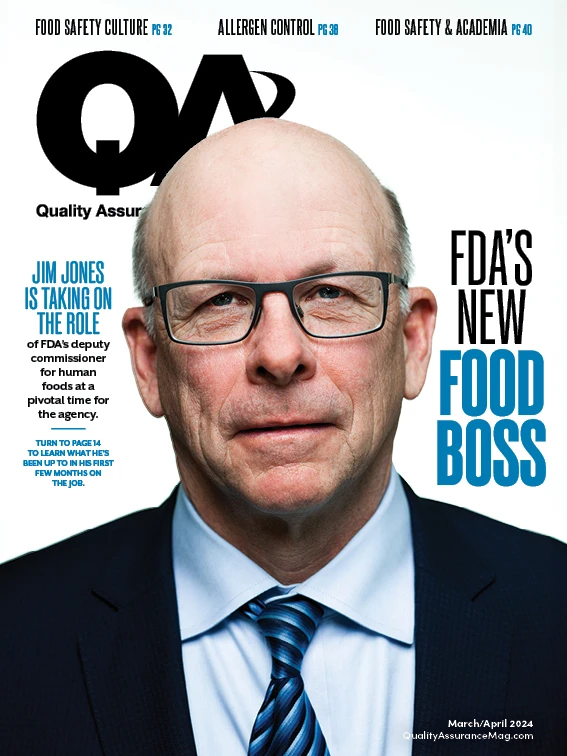
Explore the March/April 2024 Issue
Check out more from this issue and find your next story to read.
Latest from Quality Assurance & Food Safety
- Multistate E. coli Outbreak Linked to Iceberg and Romaine Lettuce Blend
- FDA, USDA Seek Information About Food Date Labeling
- William Marler, Food Safety Advocate and Lawyer, Condemns Lack of Safety of U.S. Food Supply
- AFDO Infographics Illustrate State-Level Impact of FDA’s Proposed Budget Cuts
- Multistate Outbreak of Salmonella Typhimurium Linked to Cucumbers
- USDA Begins National Milk Testing Strategy to Address H5N1 in Dairy Herds
- USDA Announces Grain Inspection Advisory Committee Appointments
- Eagle Product Inspection Highlights FA3/M Fat Analysis Machine for Meat Inspection
